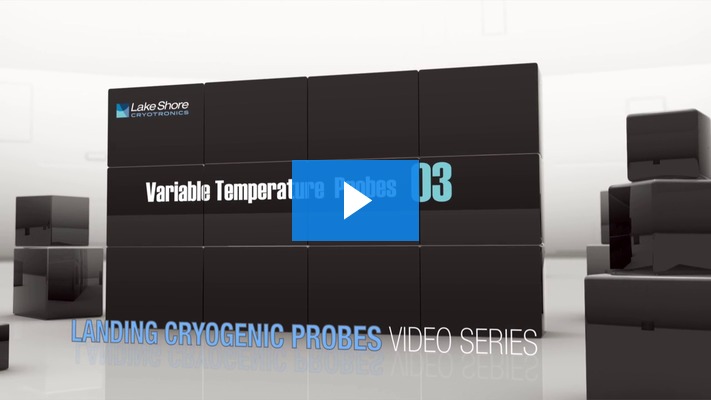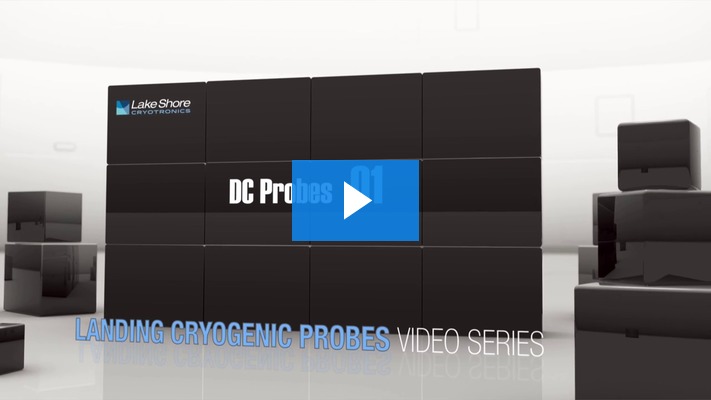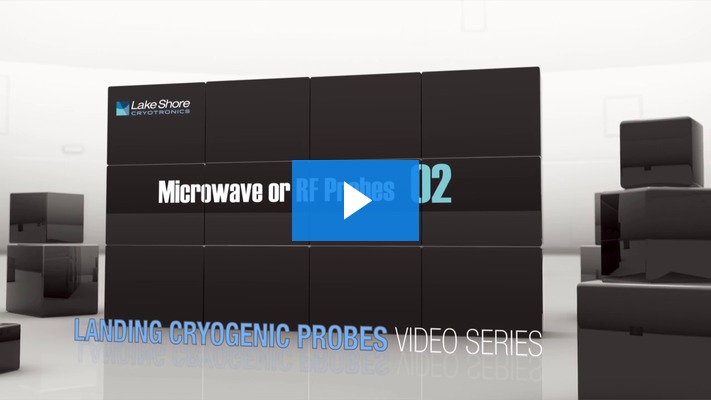Landing a probe is probably the most important step in achieving reliable, repeatable measurements. In our user manuals, we provide detailed instructions on correctly landing various Lake Shore probes on a sample landing pad in a probe station. But, as always, actually seeing a demonstration of how this is done can be much more helpful to novice users. For this reason, we have created three new step-by-step videos demonstrating the correct procedure:
Landing a DC probe
Landing a microwave or RF probe
Landing a continuously variable temperature (CVT) probe

It is our hope that these videos make clear the ease of using a Lake Shore probe station (specifically, as shown in the videos, our Model TTPX station) and eliminate any guesswork when attempting to land a probe for the first time. Also, if you currently own a Lake Shore probe station, we urge you to share the videos with other users in your department — particularly students in an academic research environment. Be sure to bookmark them for future reference.
The videos also help to answer the question we often hear from people: Just how do Lake Shore probes differ from other probes? For instance, in the DC probe video, we show how our design provides key thermal cooling of the probe tip, blocks unwanted heat to the sample, and provides an optimized electrical measurement.
NOTE: Although the videos show probes sold by Lake Shore, many of the steps apply to most commercially available probes (for specific directions pertaining to non-Lake-Shore probes, please consult your manufacturer).


